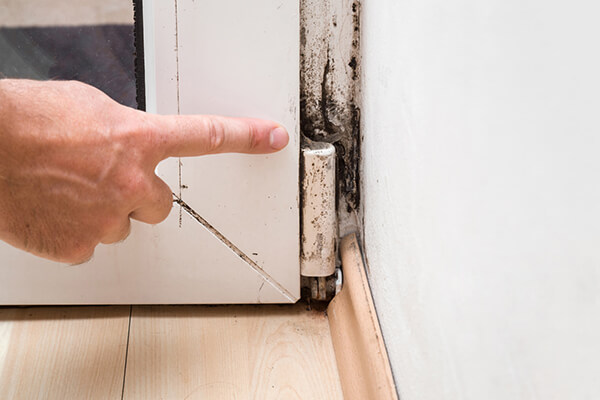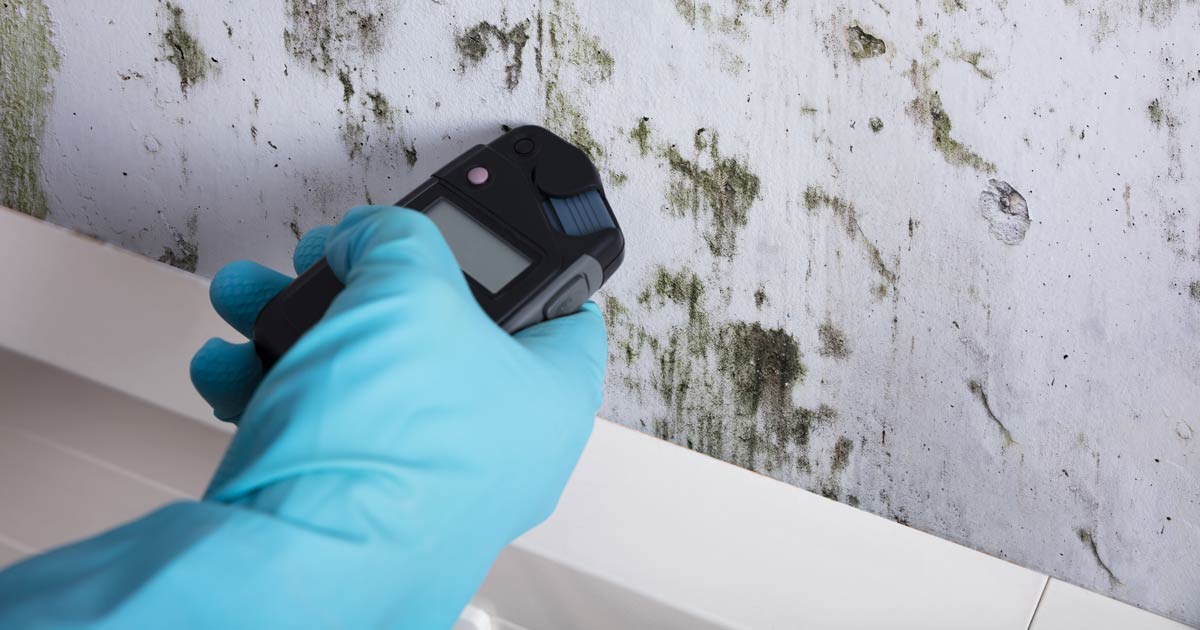Your Ultimate Guide to Article Mold Removal Techniques
Navigating the realm of post-mold remediation techniques is a thorough process that requires interest to detail and a thorough understanding of the ins and outs entailed. In the consequences of mold and mildew problem, knowing how to properly remove the mold and stop its reoccurrence is critical for maintaining a healthy and balanced interior setting. From choosing the right cleansing and disinfecting methods to carrying out methods for lasting mold avoidance, each action in the removal trip plays a crucial duty in making sure a successful outcome. As we start this expedition of post-mold removal techniques, we will reveal the key techniques and best methods that can help you recover your space to its pre-mold problem and guard it against future mold risks.
Comprehending Post-Mold Removal Process
After finishing the mold removal process, it is essential to understand the post-mold removal methods that are necessary to make certain a effective and complete cleaning. Once the mold has actually been eliminated, the following step involves cleansing and disinfecting the influenced locations to avoid any regrowth of mold and mildew.
In addition, performing a last inspection post-remediation is vital to guarantee that all mold has been effectively removed. If the assessment exposes any type of remaining mold, extra remediation might be essential.
Effective Cleaning and Disinfecting Approaches

Preventing Future Mold Development

Importance of Correct Ventilation
Proper air flow plays a vital role in avoiding moisture buildup, a vital aspect in mold development within indoor settings. Effective ventilation systems help eliminate excess moisture from the air, minimizing the chances of mold spores finding the wetness they need to spread and germinate. Without adequate ventilation, interior rooms can come to be a important link breeding ground for mold and mildew, resulting in possible health risks and architectural damage.
By making sure correct air circulation, ventilation systems can additionally help in drying out moist locations faster after water damages or flooding incidents, better preventing mold development. what to do after mold remediation. Precede like bathrooms, basements, kitchen areas, and attic rooms where dampness degrees tend to be higher, installing and preserving reliable air flow systems is essential in stopping mold and mildew problems

Tracking and Maintenance Tips
Given the essential function that proper air flow plays in preventing mold and mildew growth, it is critical to establish effective surveillance and upkeep suggestions to make certain the continued functionality of ventilation systems. Regular inspections of ventilation systems should be carried out to look for any type of signs of clogs, leaks, or breakdowns that could restrain appropriate airflow. Surveillance humidity levels within the residential property is also critical, as high humidity can add to mold development. Mounting a hygrometer can help track humidity degrees and alert try this site house owners to any spikes that may need attention. Furthermore, guaranteeing that air filters are consistently cleansed or changed is crucial for preserving the performance of the air flow system. Executing a schedule for routine maintenance tasks, such as air duct cleansing and a/c system assessments, can help stop concerns prior to they rise. By remaining positive and alert to the condition of air flow systems, home owners can efficiently alleviate the threat of mold and mildew regrowth and maintain a healthy indoor environment.
Verdict
In verdict, post-mold removal methods are crucial for guaranteeing a tidy and safe setting. Comprehending the process, implementing effective cleansing and sanitizing methods, avoiding future mold growth, maintaining correct ventilation, and normal surveillance are all vital steps in the removal process. By complying with these guidelines, you can successfully remove mold and stop its return, working or promoting a healthy living area for all residents.
In the consequences of mold invasion, knowing exactly how to properly eradicate the mold and mildew and stop its reoccurrence is critical for preserving a healthy indoor atmosphere. Once the mold has actually been removed, the following action includes cleaning and disinfecting the influenced areas to stop any regrowth of mold and mildew - Post Remediation Inspection near me. After removing visible mold and mildew development, it is important to clean all surfaces in the afflicted area to remove any staying mold spores. To additionally enhance mold and mildew prevention procedures, it is vital to deal with underlying concerns that initially led to mold development.Given the essential duty that correct ventilation plays in protecting against mold and mildew development, it is essential to establish reliable surveillance and maintenance pointers to guarantee the ongoing go to these guys performance of air flow systems